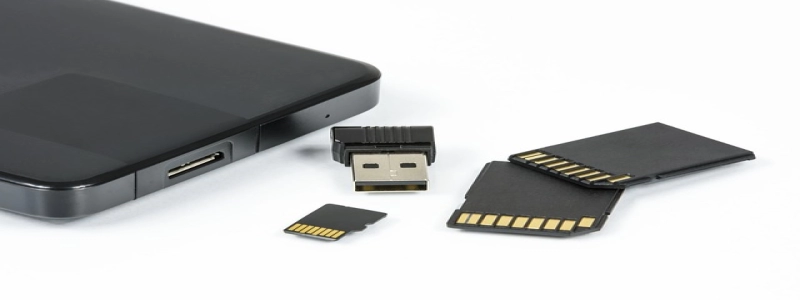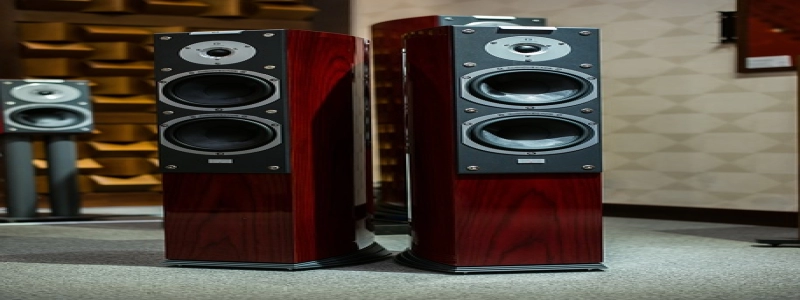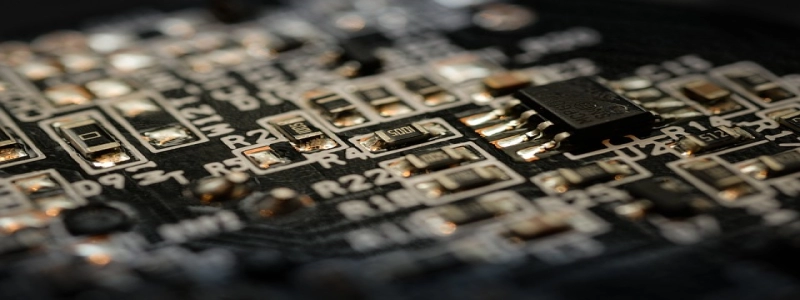Bypass Ethernet
I. Introduction
A. Definition
B. Purpose
II. How Does Ethernet Work?
A. Basic principles
B. Ethernet protocols
C. Data transmission process
III. Limitations of Ethernet
A. Bandwidth restrictions
B. Network congestion
C. Single point of failure
IV. What is Bypass Ethernet?
A. Definition and concept
B. Benefits of bypassing Ethernet
C. Common applications
V. Bypass Ethernet Architecture
A. Hardware components
B. Bypass switch functionality
C. Redundancy features
VI. Implementing Bypass Ethernet
A. Steps to set up bypass Ethernet
B. Recommended devices and manufacturers
C. Troubleshooting common issues
VII. Bypass Ethernet vs. Traditional Ethernet
A. Performance comparison
B. Reliability and failover capabilities
C. Cost considerations
VIII. Conclusion
A. Recap of bypass Ethernet advantages
B. Future trends and developments in bypass technology
C. Takeaways for network administrators and businesses
In this article, we will explore the concept of bypass Ethernet, its benefits, and how it differs from traditional Ethernet. Ethernet is a widely used networking technology, but it has certain limitations that can be mitigated through bypassing. By understanding bypass Ethernet and its architecture, network administrators can improve network performance and reliability.
Ethernet works based on a set of protocols that govern data transmission across a network. However, it has bandwidth restrictions, network congestion issues, and can become a single point of failure in certain situations. Bypass Ethernet solves these problems by providing a redundant bypass path for network traffic.
Bypass Ethernet is a network architecture that incorporates bypass switches to create alternate routes for network traffic. It offers several benefits, including improved network uptime, reduced downtime during maintenance, and enhanced failover capabilities. Common applications of bypass Ethernet include data centers, telecommunications, and critical infrastructure.
To implement bypass Ethernet, specific hardware components such as bypass switches are required. These switches are designed to detect network anomalies and quickly divert traffic to the bypass path. Additionally, bypass Ethernet architecture includes redundancy features to ensure continuous network operation even in the event of hardware failures.
Network administrators can follow several steps to set up bypass Ethernet, including selecting compatible devices, configuring bypass switch settings, and testing the network. Various manufacturers provide bypass switches, and it is important to choose reliable and trusted brands for optimal performance.
Compared to traditional Ethernet, bypass Ethernet offers superior performance and reliability. It provides faster failover times during network disruptions, resulting in minimal service interruptions. However, bypass Ethernet can be more expensive due to the additional hardware required.
In conclusion, bypass Ethernet is a valuable solution for improving network performance, reliability, and failover capabilities. By implementing bypass Ethernet, network administrators can overcome the limitations of traditional Ethernet and ensure uninterrupted network operation. As technology continues to advance, we can expect further developments in bypass Ethernet that will shape the future of networking. It is crucial for network administrators and businesses to stay informed about these developments to adapt and optimize their networks accordingly.








